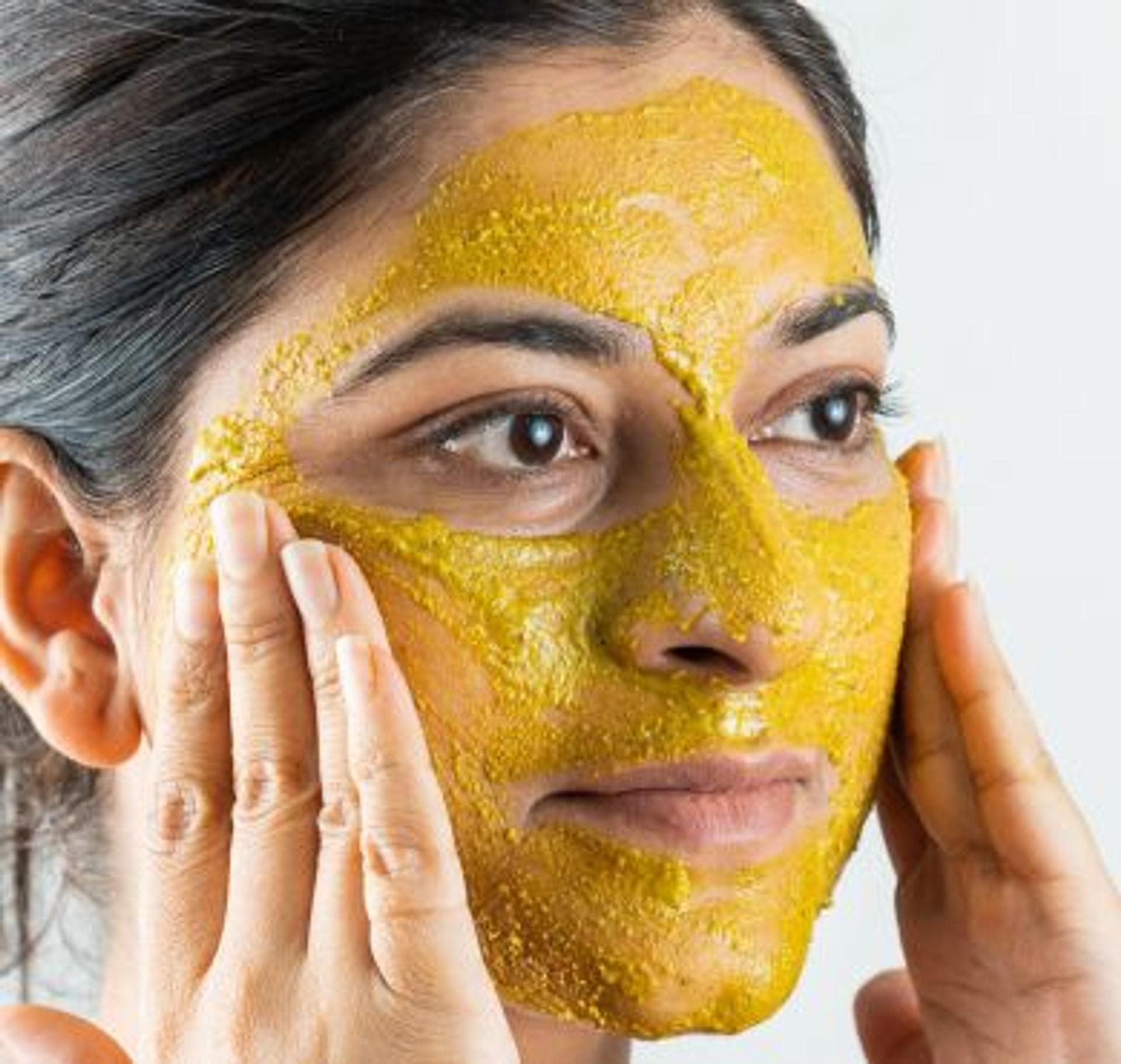
Not Every Wooden Comb is Same
Find the right one for you!
By Nat Habit
Combing your hair is a daily ritual, a seemingly mundane act that holds significant importance for your hair health.
In ancient times, people favored combs crafted from metals like Kansa and Silver, as well as from Wood because of their multifaceted benefits like promoting blood circulation, stimulating hair follicles, and improving overall hair health. But with the advent of modernization, plastic combs took over costing our hair and scalp health.
However, in recent years, there has been a resurgence of interest in wooden combs. But amidst the array of wooden combs available, here’s how you can find THE ONE!
Wood Type: The Foundation
The type of wood used in crafting a comb plays an important role in determining its efficacy. Though every wooden comb boasts anti-static properties, taming away frizz, their distinct properties often cater to specific hair concerns:
- Neem: Renowned for its antibacterial and anti-inflammatory properties, it is a champion in combating dandruff, scalp infection and pH balance.
Wood Age: The Vitality Factor
The age of the wood significantly impacts its moisture content, density, and structural integrity. Younger wood, with higher moisture content and retained nutrients, is more resilient, beneficial and flexible. But as wood ages, the moisture and active nutrition take a dip, making it prone to breakage, hence, risking damage to the cuticle or scalp discomfort and less effective for enhanced nutritional delivery.
Bristles: The Gentle Touch
Certain wooden combs lack intricate craftsmanship, with rough and unpolished edges that may be caught in the hair shaft, causing breakage. To prevent this, wooden combs should be fashioned with smooth, buffed edges that glide effortlessly through hair, preventing tangling. Moreover, the polished surface of wooden combs facilitates the even distribution of natural oils throughout the hair, promoting shine and overall hair health.
Thickness: Durability and Efficiency Combined
Most wooden combs are thin-handled that lack the durability needed for rigorous use, often succumbing to breakage under pressure, leading to frequent replacements. However, thicker combs, boasting robust bristles withstands pressure and resistance encountered when dealing with stubborn tangles, reducing time and effort. Additionally, the thicker design provides a comfortable grip, enhancing control and manoeuvrability.
Additional Treatments for Optimal Hair Health
One of the distinctive features of wooden combs is their ability to absorb, hence turning just a comb to "Power Comb". By soaking wooden combs in nourishing oils and herbs, for extended periods, you create a powerhouse tool for hair care. The absorbed nutrition is gradually released with each stroke, promoting healthy scalp and tresses.
Conclusion: In a world inundated with synthetic materials, the resurgence of wooden combs signifies a return to natural, holistic grooming practices.
However, not all wooden combs offer the same benefits. Understanding the nuances of wood types, age, bristle design, and additional treatments is crucial in selecting the right comb for your hair needs.
So, the next time you reach for a comb, consider embracing the power of wooden combs.
Choose wisely, and let each stroke be a step towards healthier, more vibrant hair.
Don't settle for just detangling your hair; instead, take the extra step to comb it thoroughly. And when you do, don't just comb—POWER COMB with NAT HABIT’S KACCHI NEEM COMB!
Your way to hair perfection!
Learn more



